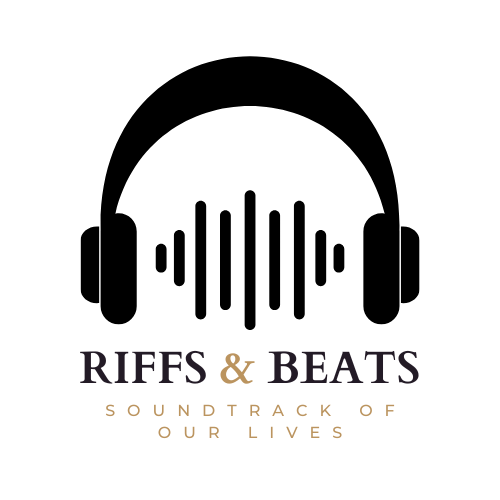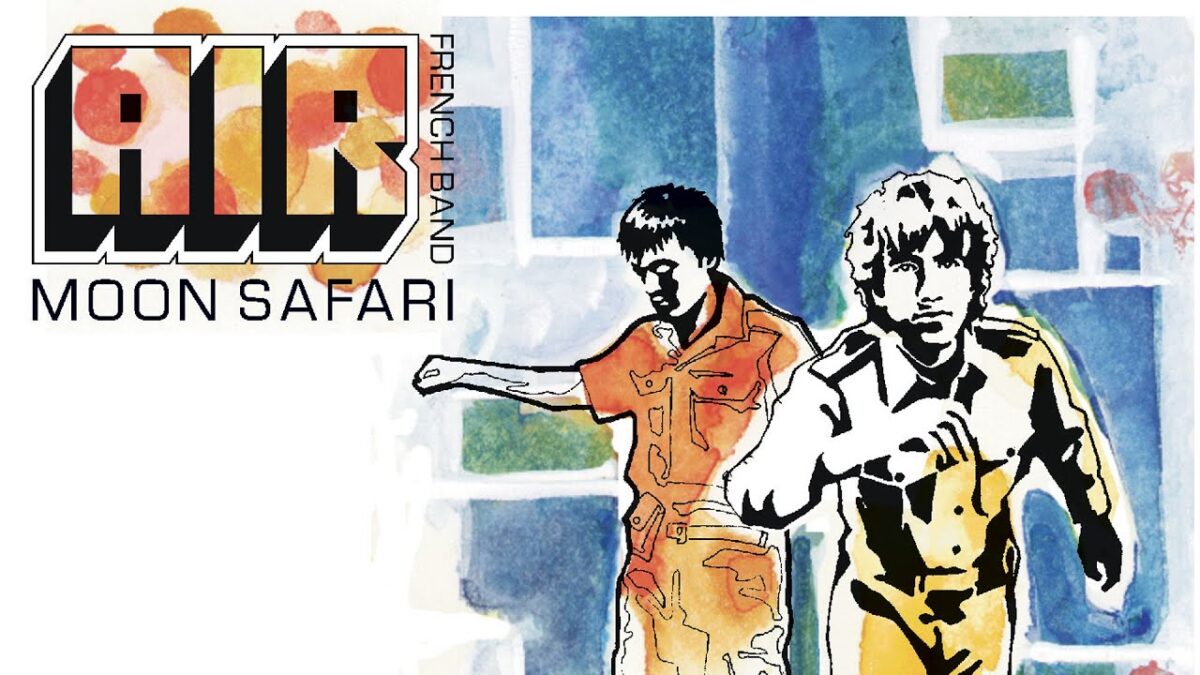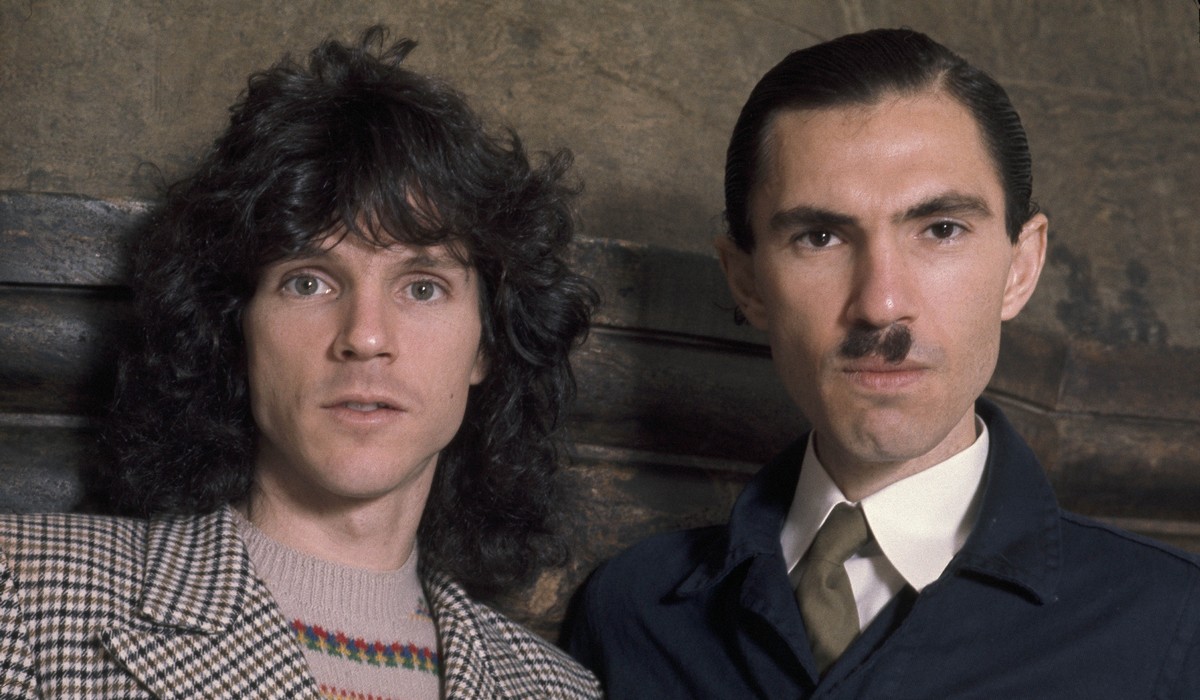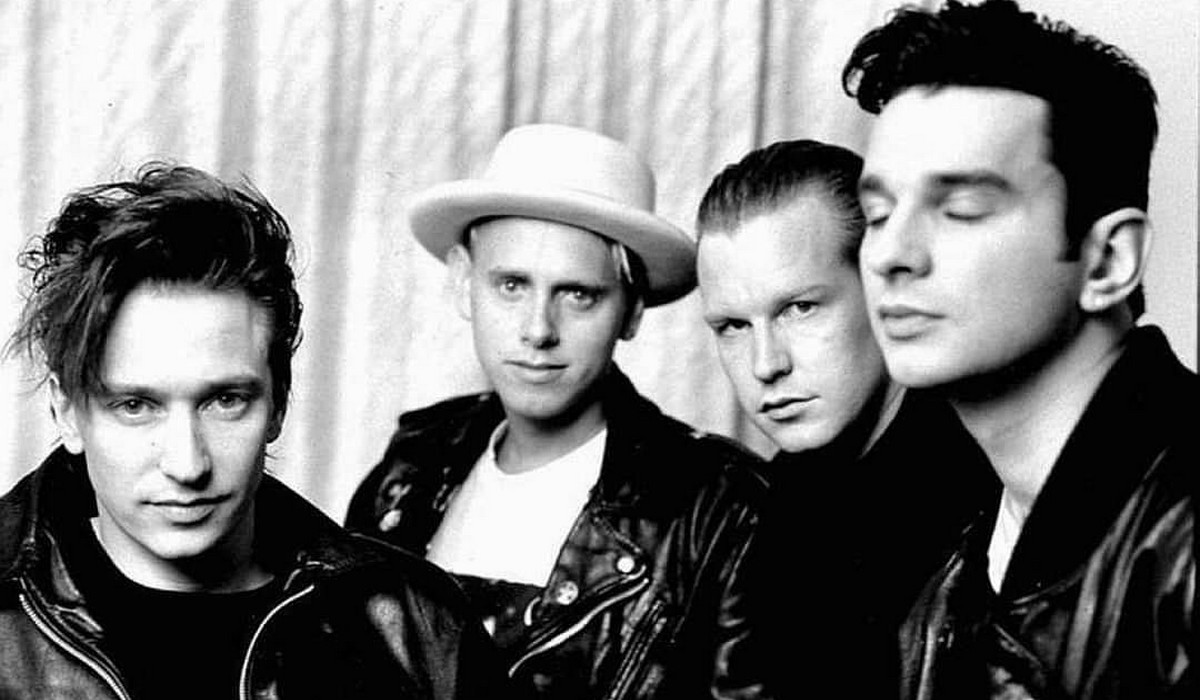A song that drives itself
Like an engine resurrected in a midnight garage, a synth growl emerges from the asphalt, slow and steady. Nightcall starts with that robotic voice, cold and captivating, surrounded by a haze of analog textures. What starts is a transmission, not music. Neon codes contain a secret message. Kavinsky haunts rather than sings. The song throbs like a lost heart reverberating throughout a retro-futuristic dream. It struck the Drive soundtrack like a tire screech in slow motion in 2011, and suddenly every vehicle stereo in the world appeared to shimmer with threat and desire.
Like a myth from an arcade machine, Vincent Belorgey, the man behind the wheel, had constructed the persona of Kavinsky. Reborn as a zombie to make music, a young man who died in a car accident in 1986. This background sounds like B-movie gold, and it is. He embraced it completely, down to the Ferrari Testarossa blood red that became his icon. Every note in Nightcall seems steeped in this created history, channeling the ghosts of ’80s film, Miami Vice sunsets, and VHS dreams saturated in static. The song might have come from a cassette left baking in the glovebox of a Delorean.
Nightcall has an odd quietness like the air before a storm or the quiet within a speeding car at three a. m. From CSS, Lovefoxxx seems like a far-off signal; her voice slices through the chrome terrain with something fragile, almost human. Her presence transforms the track into a duet between machine and memory. The beat never accelerates. It is sailing. The synths shine rather than explode. Everything is paced for the long drive, that moment when city lights blur and thoughts slow down to the rhythm of passing lampposts.
At the time of Nightcall’s release, we didn’t feel much pressure except for the fact that we were releasing a track with one half of Daft Punk.
(Vincent Belorgey, Mixmag, 2022)
Nightcall got here just as pop had become slick and sterile. It gave mystery, grain, and texture. From disco remnants, Daft Punk had already created sound churches utilizing the French touch. Only dash LEDs and shattered street lights lighted Kavinsky’s darker path. The song established the Drive aesthetic rather than only fitting it. Though the movie would still be elegant, something vital would be missing: the coolness, the spirit, the invitation to vanish.
Following Nightcall, synthwave was not a small area. It permeated memes, indie games, advertisements, fashion. Kavinsky captured a vibe people hadn’t understood they were missing; he didn’t trend-follow. After that, he released little; it seemed as if he had already said what he needed to. One track, four minutes and seventeen seconds, enough to permanently store a feeling in the back of your head. Some tracks burn out. This one idles low, consistent, forever.





